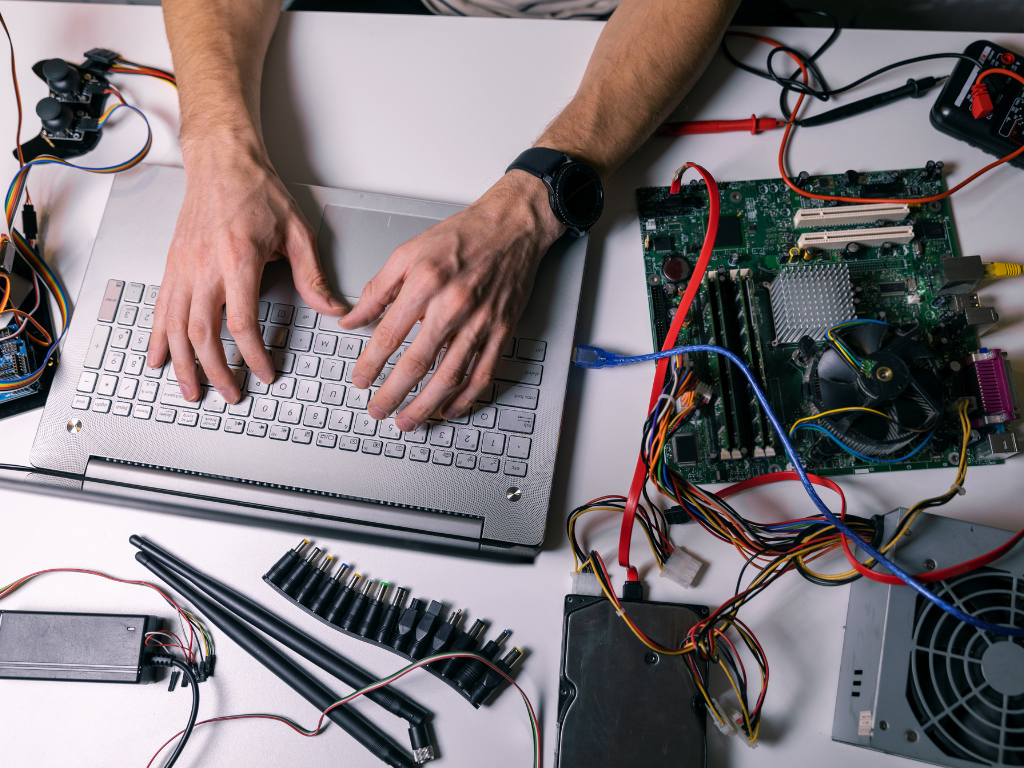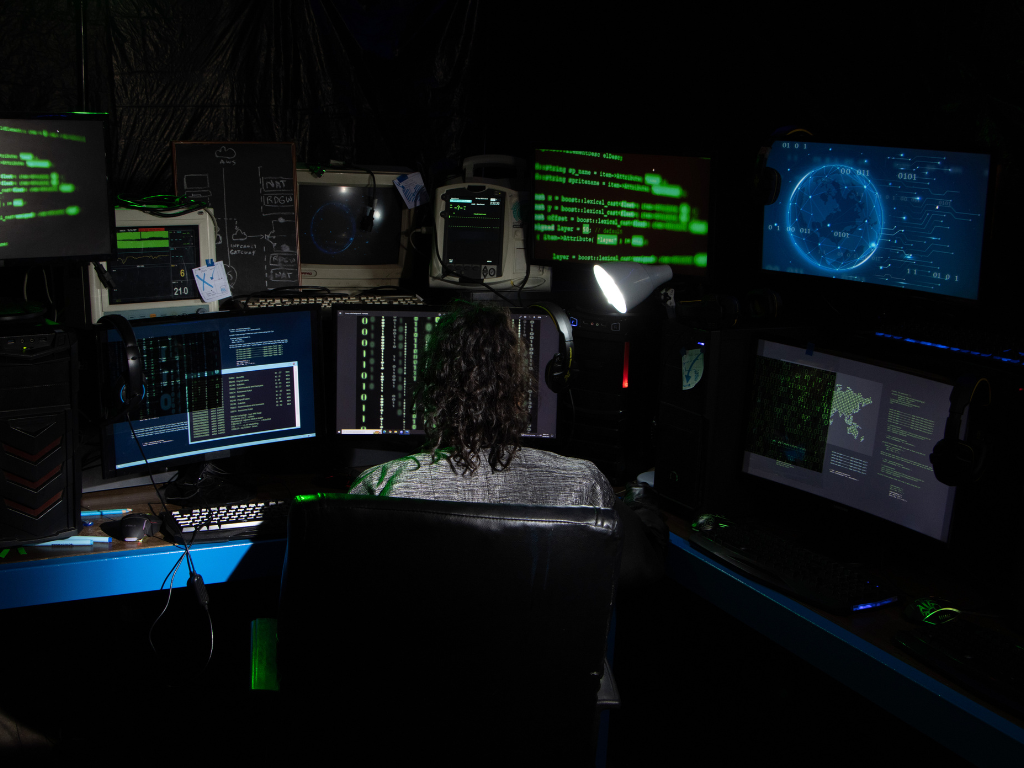How to Build a Home Cybersecurity Lab: A Comprehensive Guide in 2025
In the ever-evolving world of cybersecurity, practical, hands-on experience is crucial to staying ahead of emerging threats. A home cybersecurity lab provides a safe, controlled environment to learn, test, and practice various cybersecurity tools and techniques. Whether you’re a beginner or a seasoned professional, building your own lab can significantly enhance your skills.
In this guide, we will walk you through the technical aspects of setting up a home cybersecurity lab, including hardware requirements, software tools, network configurations, and practical use cases.
1. Why Build a Home Cybersecurity Lab?
A home cybersecurity lab allows you to:
- Practice ethical hacking techniques legally.
- Analyze malware and vulnerabilities.
- Test cybersecurity tools in a controlled environment.
- Gain hands-on experience with network configurations and defenses.
With cyber threats becoming more sophisticated, having a dedicated lab to explore these challenges is invaluable for both professionals and hobbyists.
2. Hardware Requirements
To set up a home lab, you need suitable hardware that can support multiple virtual machines and network devices. Here are the key components:

a. PC or Laptop
- Processor: Minimum of a quad-core CPU (Intel i5 or Ryzen 5 and above).
- RAM: At least 16GB; 32GB is recommended for running multiple virtual machines.
- Storage: SSD with a minimum of 500GB. Preferably have both an SSD for faster performance and an HDD for larger storage capacity.
b. Network Devices
- Router: A customizable router that allows advanced configurations (e.g., pfSense or DD-WRT compatible).
- Switch: A managed network switch to create VLANs and segregate networks.
- Wi-Fi Access Point: For wireless testing.
- Network Cables: Cat6 or Cat7 Ethernet cables for wired connections.
c. Additional Equipment
- Raspberry Pi: Useful for running lightweight servers or simulating IoT devices.
- External Hard Drives: For backup and data storage.
- USB Wi-Fi Adapter: For testing wireless attacks.
3. Software Requirements

a. Virtualization Software
A virtualization platform is essential for creating isolated environments to run different operating systems.
- VMware Workstation Pro (Paid)
- VirtualBox (Free)
- Proxmox VE (Open-source alternative for bare-metal virtualization)
- Hyper-V (Built into Windows Pro and Enterprise editions)
b. Operating Systems
Here are some operating systems to include in your lab:
- Kali Linux: A popular penetration testing distribution.
- Parrot Security OS: Another security-focused Linux distro.
- Windows 10/11: To test vulnerabilities and malware on a common target.
- Windows Server: For Active Directory and server configurations.
- Ubuntu: For web servers and general Linux testing.
c. Network Simulation Tools
- GNS3: For network simulation.
- Cisco Packet Tracer: A tool to simulate Cisco network environments.
- EVE-NG: Advanced network emulator.
d. Cybersecurity Tools
- Metasploit: For penetration testing.
- Wireshark: For network packet analysis.
- Burp Suite: For web application security testing.
- Nmap: Network scanning tool.
- Snort: Intrusion detection system.
- Splunk: For log analysis.
- OpenVAS: Vulnerability scanner.
4. Network Setup
Designing a proper network setup is crucial for simulating real-world scenarios. Here’s a basic network topology you can implement:
a. VLAN Segmentation
- Create multiple VLANs to segregate your network for different purposes (e.g., lab VLAN, IoT VLAN, guest VLAN).
- Use your managed switch to configure VLANs.
b. Firewall Configuration
- Install and configure a firewall (e.g., pfSense) to control traffic between VLANs.
- Set up rules to allow or deny traffic as needed.
c. DNS and DHCP
- Configure a local DNS server for name resolution.
- Set up a DHCP server to assign IP addresses to your virtual machines automatically.
d. VPN Setup
- Configure a VPN to securely access your lab from anywhere.
- Use OpenVPN or WireGuard for a secure connection.
5. Practical Use Cases for Your Lab
Once your lab is set up, you can use it to practice a variety of cybersecurity tasks:
a. Penetration Testing
- Use tools like Metasploit and Burp Suite to test for vulnerabilities.
- Create vulnerable virtual machines (e.g., Metasploitable, DVWA) to practice exploitation.
b. Malware Analysis
- Use tools like Cuckoo Sandbox to analyze malware behavior in a controlled environment.
- Learn reverse engineering using IDA Pro or Ghidra.
c. Network Monitoring and Defense
- Use Wireshark to capture and analyze network traffic.
- Set up Snort or Suricata to detect intrusion attempts.
d. Web Application Security
- Set up a web server and test for vulnerabilities using tools like OWASP ZAP.
- Practice SQL injection, XSS, and other web attacks.
e. Active Directory Exploitation
- Build a Windows domain environment with Active Directory.
- Practice common attacks like Kerberoasting, Pass-the-Hash, and Privilege Escalation.
6. Security Considerations
While building a home cybersecurity lab, keep security in mind to prevent potential risks:
- Isolate the Lab Network: Ensure your lab is on a separate VLAN from your home network to avoid accidental exposure.
- Use Snapshots: Take snapshots of your virtual machines before performing any risky actions to easily revert changes.
- Patch and Update: Regularly update your operating systems and tools to avoid vulnerabilities.
- Backup Data: Regularly back up your lab data to prevent loss.
7. Recommended Learning Resources
- TryHackMe: Offers virtual cybersecurity labs and challenges.
- Hack The Box: A platform for practicing ethical hacking.
- VulnHub: Provides downloadable vulnerable virtual machines.
- OWASP: A community-driven project focusing on web application security.
8. Expanding Your Lab
As you progress, you can expand your lab to include:
- IoT Devices: To practice IoT security.
- Cloud Instances: Use AWS, Azure, or GCP to simulate cloud environments.
- SIEM Tools: Integrate tools like Splunk or ELK Stack for log management and analysis.
Conclusion
Building a home cybersecurity lab is an excellent way to gain practical experience in a safe and legal environment. It allows you to simulate real-world scenarios, test tools, and improve your skills as a cybersecurity professional. With the right hardware, software, and network configuration, you can create a powerful learning platform right at home. Keep your lab isolated, updated, and backed up to ensure a secure and effective learning experience.






